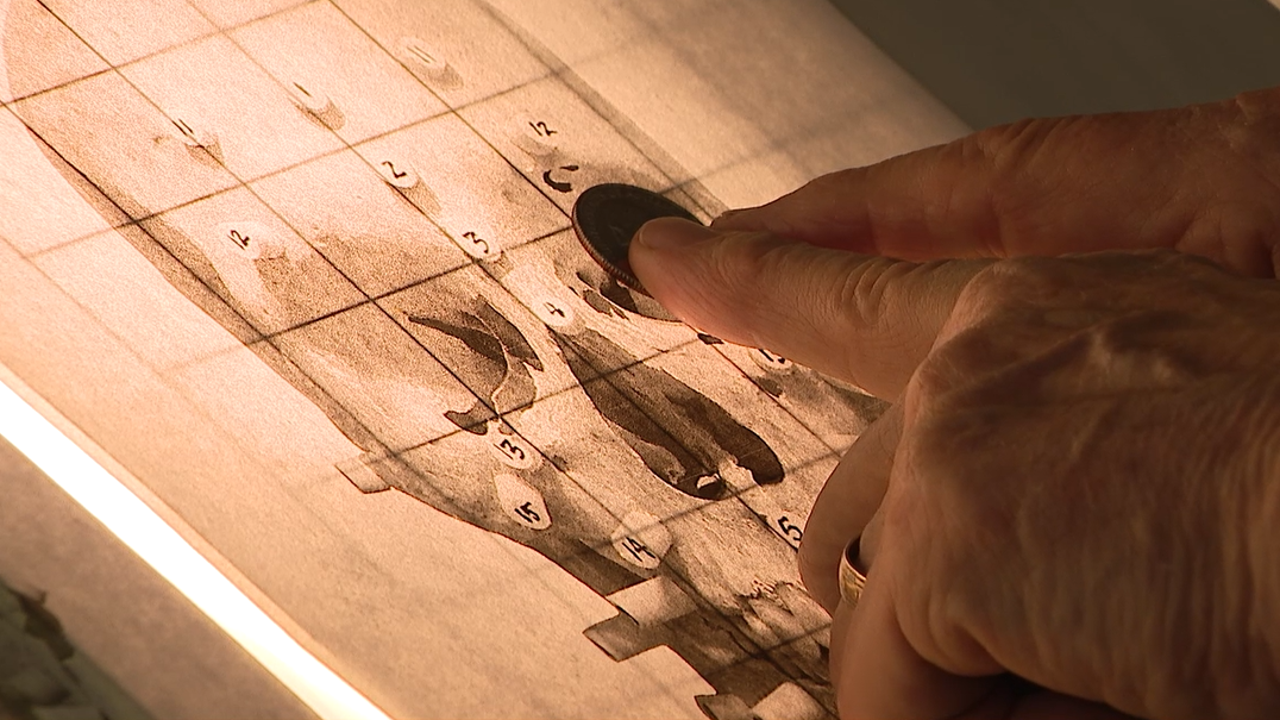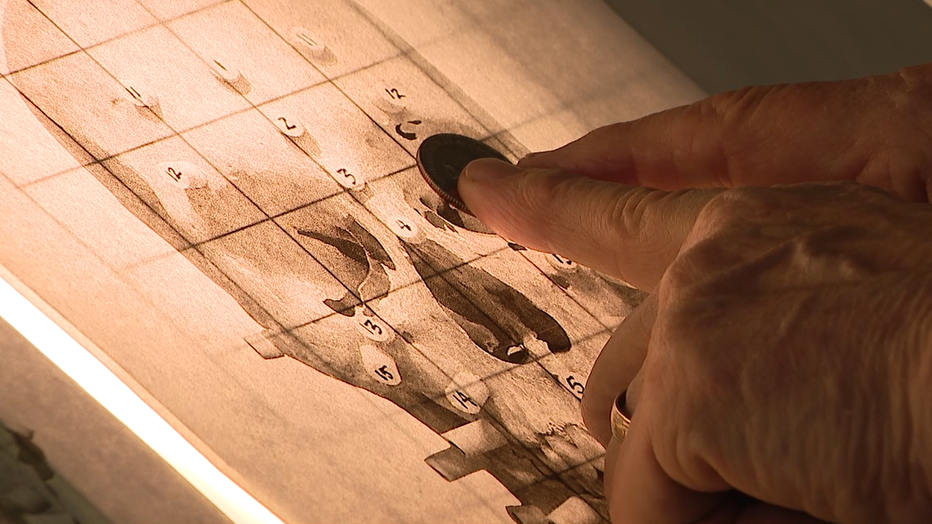PHOENIX – They are the unidentified and the unnamed — the “John” and “Jane Does” of the Valley, separated from loved ones after being found dead.
In “Missing in Arizona,” we’re looking at the growing number of cases the Maricopa County Medical Examiner’s Office is working on and the artist giving faces to the invisible.
What Stephen Missal does is rare. He’s an artist trying to bring the dead home with every sketch he completes. His goal is to answer one question: Who are they?
What starts with a skull ends with a face. Every feature is unique, and every story is different — whether it’s John or Jane Doe. But it’s not always easy.
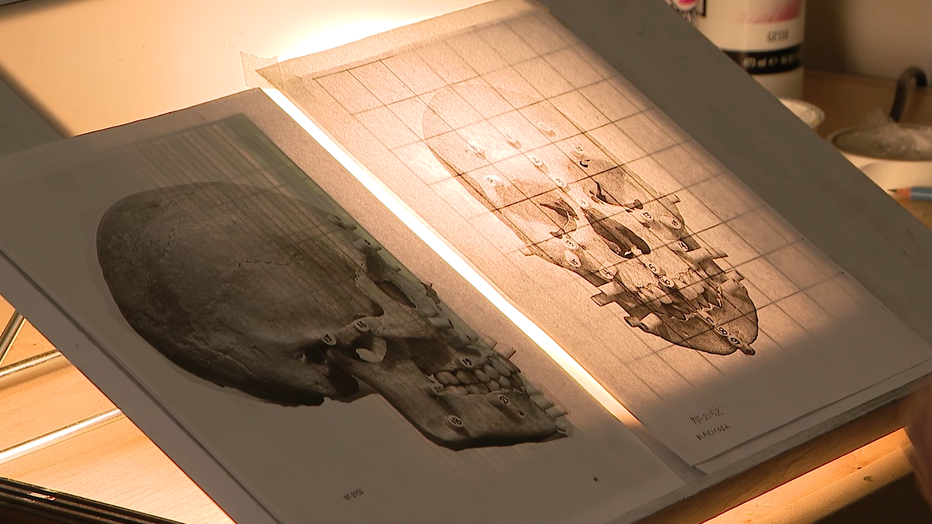
“And then sometimes you get a skull with like, a bullet hole, and you think about the last moments,” said Missal, a forensic facial reconstructive artist. “I have empathy, and then I think about their fear.”
The backstory:
How someone died can be as unique as how they lived, but Missal focuses on providing the most accurate depiction of who they were before death.
“I have to disengage emotionally because I have to be like a doctor,” he said. “I have to be strictly objective in order to get what we need.”
As the facial reconstructive artist for the Maricopa County Medical Examiner’s Office, Missal has drawn dozens of faces for the dead, leading to positive identifications — and for families, closure.
“There’s a team of people that work all the time, and I’m a piece of that,” Missal said. “When they need it, I fill in that part. And that means that group of people succeeded.”
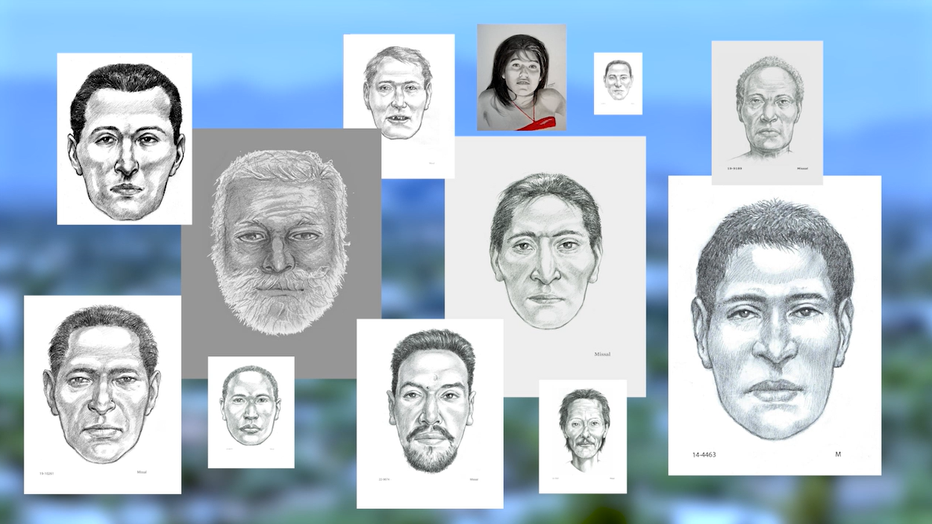
What they’re saying:
Twelve people make up the identification team at the Maricopa County Medical Examiner’s Office, including Deputy Chief Medical Examiner Dr. Bridget Eutenier and Senior Medicolegal Death Investigator Kristen Eggers. Over recent years, they’ve seen more unidentified bodies than ever before.
“Those jurisdictional case rates have exceeded the pre-pandemic levels,” Eutenier said. “In 2024, they were 21% higher than in 2019.”
There are currently 235 active cases of unidentified remains in Maricopa County. Some date back to the 1970s and 1980s.
Eggers says Arizona’s dry heat poses a challenge to identifying people.
“Specifically, the dry heat can lead to rapid decomposition,” she said. “We have a lot of skeletal remains cases, which make it more difficult for identifications to take place. And with the decompositional changes, it prevents us from essentially doing visual identifications.”
Los Angeles County, with more than twice the population of Maricopa County, has 133 unidentified cases since 2015. San Diego County has 285 active cases, while Houston’s Harris County has around 360 since the 1950s. Chicago’s Cook County has about 20 active cases.
Some cases still haunt Missal.
Dig deeper:
In February 2025, a Caucasian man was found dead in a vacant lot in Peoria. He was in his late 50s to 60s, about 130 pounds, with gray and brown hair and a long beard. Officials say he was likely unsheltered, and his body was found in an advanced stage of decomposition.
In August 1997, a woman’s skeletal remains were discovered near 51st Avenue and Dust Devil Road on the Gila River Reservation. She was 17 to 20 years old, possibly Hispanic, Caucasian or Native American, with 10-inch dark hair. She stood between 5-foot-1 and 5-foot-5 and either had a child or carried one close to term.
In February 2023, another woman was found dead at a bus stop near Seventh and Grand avenues. She was Caucasian, 45 to 65 years old, 5-foot-4, 130 pounds, with thick brown hair, blue eyes, and tattoos — a heart with names on her left arm and a rose with writing on her right calf.
For every unidentified case, many more are resolved. From 2023 through September 2025, more than 2,700 identifications have been made, as well as nearly 30 cold cases solved.
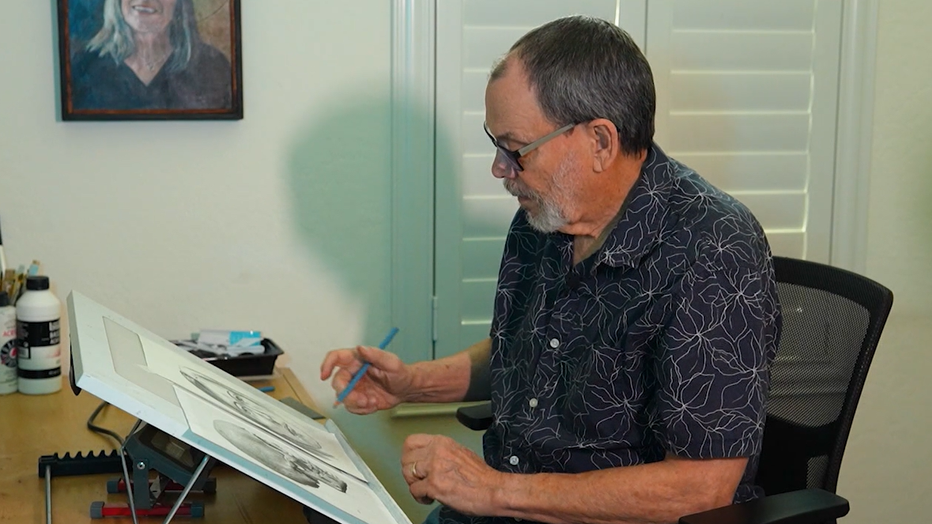
Eggers says advancements in forensic technology have improved the speed of identification. Facial recognition, digital and photographic analysis, and traditional fingerprints now help provide leads — and forensic genealogy has been a game changer.
“But having a long-term missing person and then finally knowing what happened — that they can finally move forward with final disposition for their loved one — is the ultimate goal,” Eggers said.
“Even if it’s sad, they can move on a little more easily,” Missal added. “For me, those are the emotions — that we did what we were supposed to do.”
October 18 is “Missing in Arizona Day.” Families and friends of the missing can provide information to officials at ASU’s West Valley campus. The free event is open to the public.
Missing in Arizona awareness event
